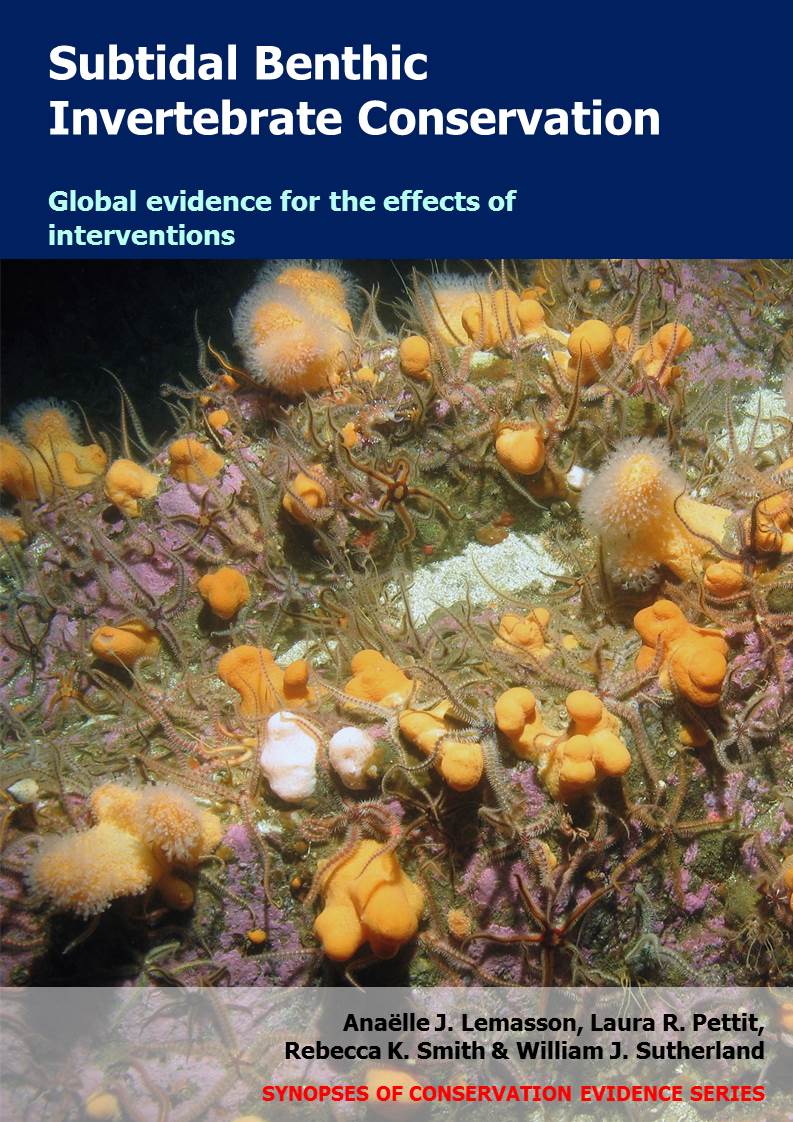Remove and clean-up shoreline waste disposal sites
-
Overall effectiveness category Unknown effectiveness (limited evidence)
-
Number of studies: 1
View assessment score
Hide assessment score
How is the evidence assessed?
-
Effectiveness
49% -
Certainty
35% -
Harms
0%
Study locations
Supporting evidence from individual studies
A replicated, controlled, before-and-after study in 2001–2006 of four sites off Casey Station, Southern Ocean, East Antarctica (Stark et al. 2014) found that over the two years after cleaning-up a shoreline waste disposal site, invertebrate community compositions at two adjacent impacted subtidal sites changed but remained different to that of two further afield natural subtidal sites. However, no additional negative impacts were detected. Invertebrate communities were significantly different at the impacted sites compared to the natural sites, both before and after removal, and changes over time were similar at impacted and natural sites (data reported as graphical analyses). In addition, species richness did not decrease over time at the impacted sites (before: 13–15; after: 12–18 species/sample), and after two years remained lower than at the natural sites (impacted: 16–18; natural: 20–22 species/sample). In 2003–2004, a disused waste disposal site of an Antarctic research station was removed and cleaned-up to comply with the Antarctic Treaty. Two impacted sites (50 and 200 m from the disposal site) and two nearby natural sites (>2 km away) were monitored. Four groups of five trays (34 x 23 x 12 cm; 20 m between groups) filled with sediments without invertebrates were deployed at 7–15 m depth at each site. One year before, one month before, one month after, and two years after the clean-up, invertebrates were sampled from one tray/group/site using a core (10 cm diameter) and extracted (methodology unspecified).
Study and other actions tested
Where has this evidence come from?
List of journals searched by synopsis
All the journals searched for all synopses
This Action forms part of the Action Synopsis:
Subtidal Benthic Invertebrate Conservation





)_2023.JPG)














